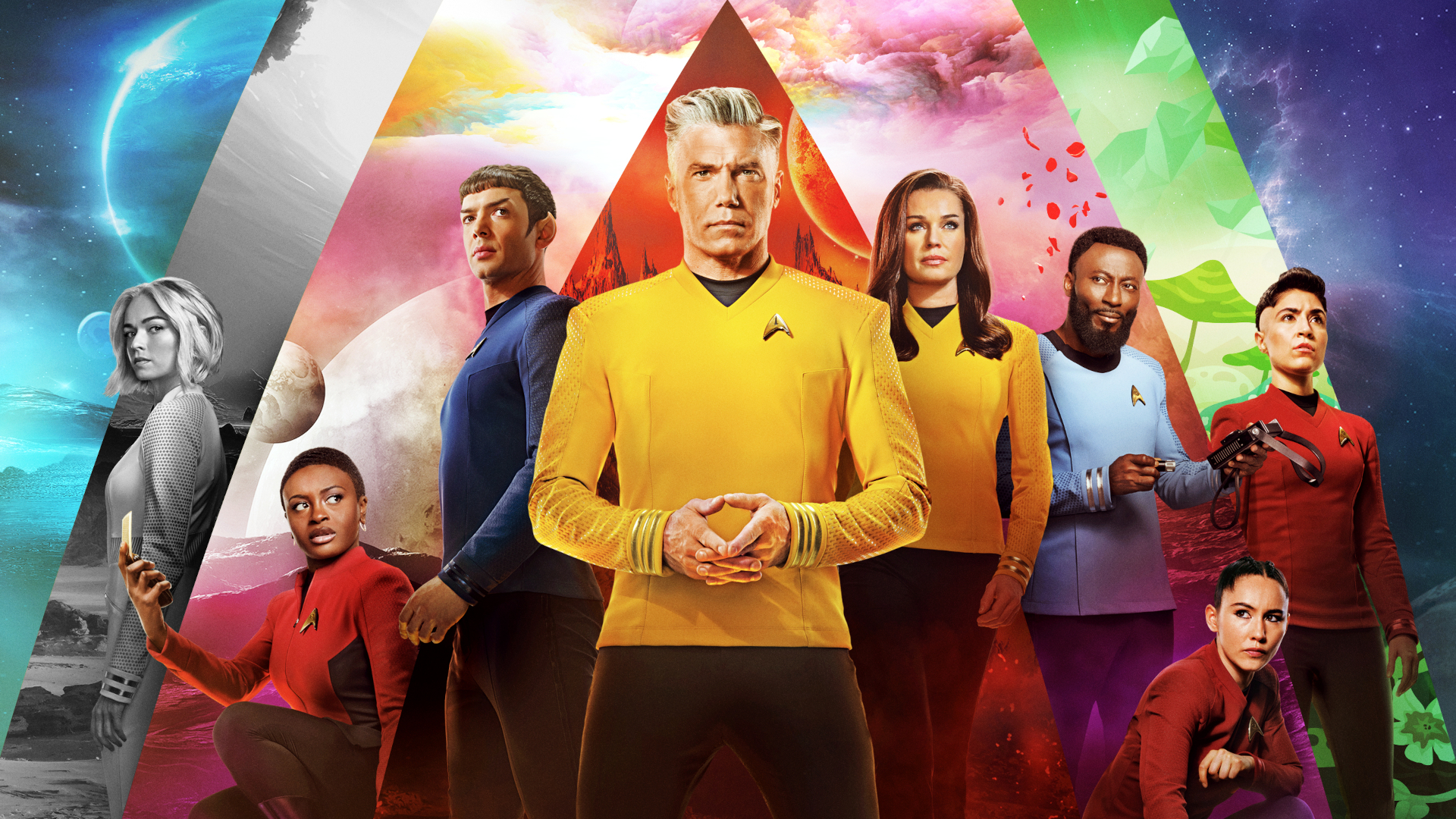Boeing's Starliner is ready to fly astronauts after years of delay. Here's what took so long.
"We're here, and we're prepared and we're ready to fly."
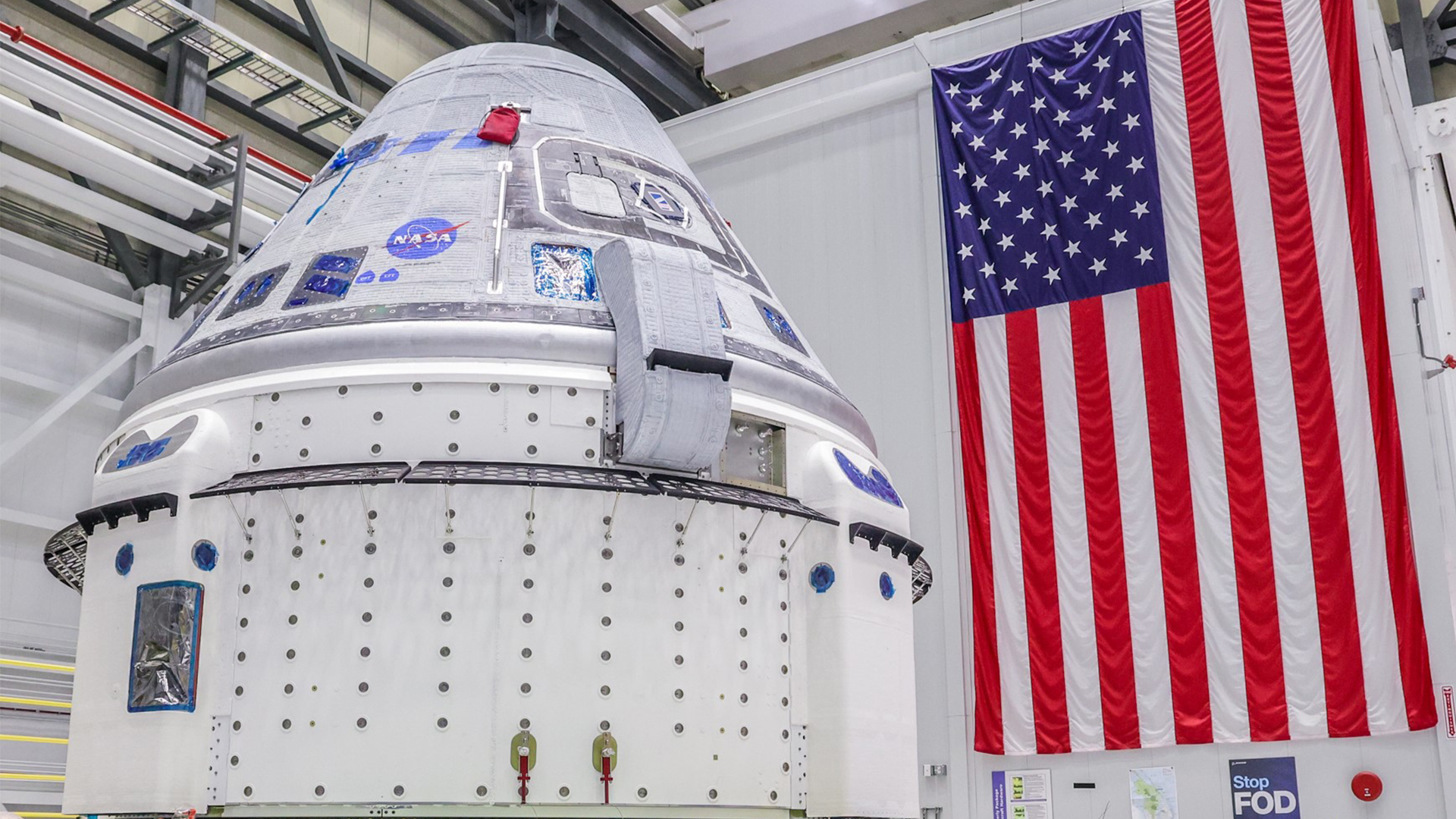
HOUSTON — Everyone thought Boeing's new Starliner spacecraft would already have flown astronauts sooner by now.
Starliner is ready to carry two NASA astronauts to the International Space Station (ISS) for the first time no earlier than Monday (May 6), but it's been a long road to get here. Instead of one uncrewed test mission to the ISS, Boeing needed two to meet its objectives. The pandemic and numerous technical issues further delayed the capsule's first astronaut launch.
But safety always needs to come first, NASA and Boeing officials emphasized during a media briefing on March 22 here at NASA's Johnson Space Center. Through years of extra work, the teams worked carefully towards their objective of launching astronauts. And when new problems arose, they would continue to work to resolve them, Boeing's Mark Nappi said to reporters.
"I don't call it frustrating at all," Nappi, program manager of Boeing's commercial crew program, said of the longer-than-expected wait. "We would like to have been further along at this time. There's no doubt about that. But we're here, and we're prepared, and we're ready to fly."
The first Starliner mission with astronauts, called Crew Flight Test or CFT, will send two veteran NASA astronauts and former Navy test pilots to the ISS: commander Barry "Butch" Wilmore and pilot Suni Williams. They will be in space for a bit over a week after lifting off from Cape Canaveral Space Force Station, near NASA's Kennedy Space Center (KSC) in Florida, aboard a United Launch Alliance Atlas V rocket.
The astronauts will put their decades of space and aviation experience to use, performing thorough checkouts of the spacecraft and making sure it meets all major objectives for automatic and manual flying. If Starliner passes all of its CFT tests, the way will be clear for operational, six-month Starliner ISS missions, starting with Starliner-1 in 2025.
Breaking space news, the latest updates on rocket launches, skywatching events and more!
CFT follows two uncrewed flights by Starliner. A December 2019 mission, called Orbital Flight Test (OFT), did not reach the ISS as planned. Boeing spent several years implementing dozens of fixes to the spacecraft, amid the pandemic, and succeeded: a 2022 attempt (OFT 2) reached the ISS and met all other major flight objectives.
More trouble arose in summer 2023, however, when teams uncovered new issues with Starliner that further delayed human spaceflight. For example: the suspension lines of Starliner's main parachutes couldn't handle as much mass as engineers thought they could, and flammable P213 tape covered much of the capsule's wiring.
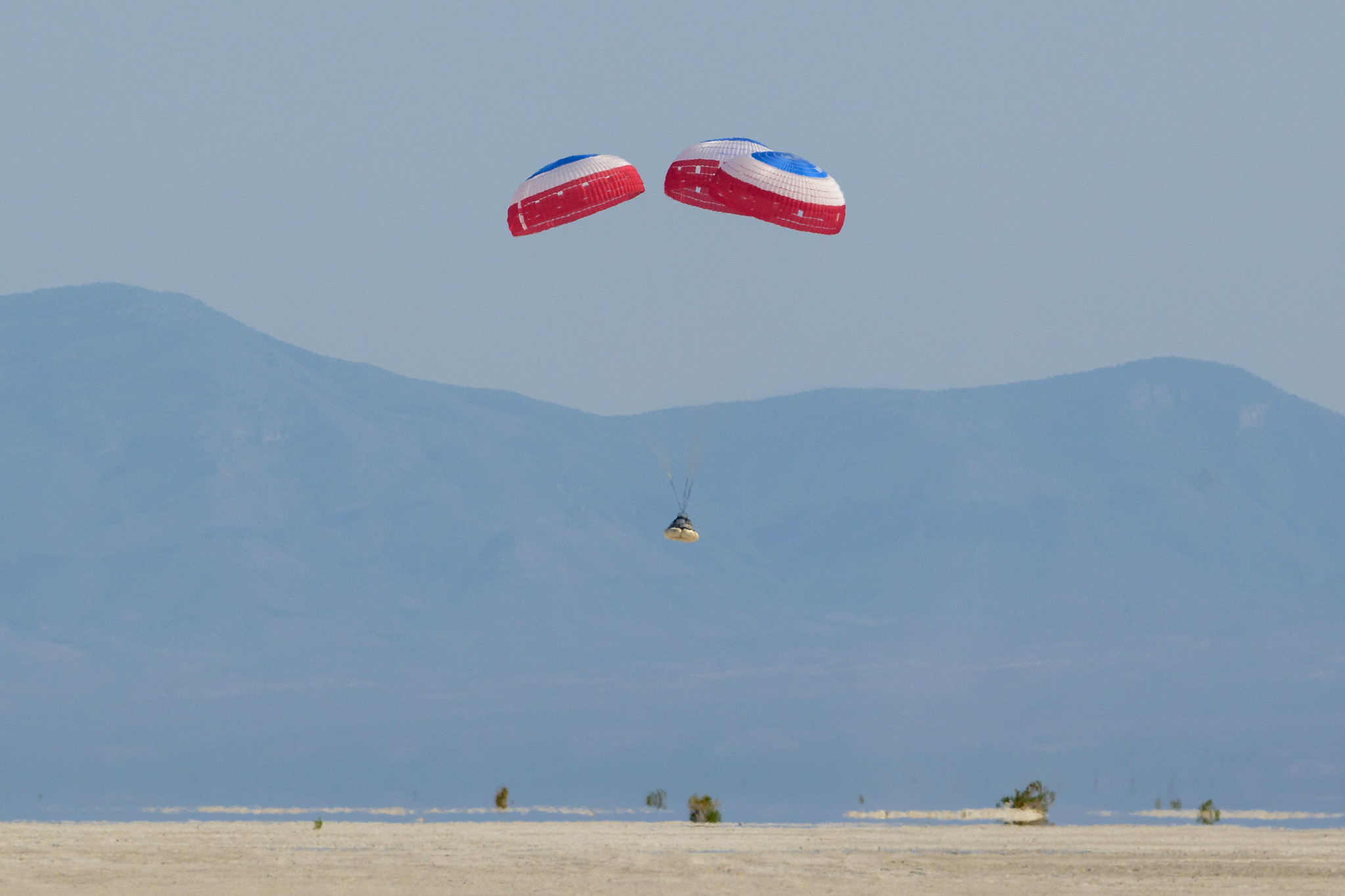
Both NASA and Boeing's representatives at the March 22 briefing emphasized that the two test flights did their job: they caught problems before people climbed on board. Steve Stich, head of NASA's Commercial Crew Program, told reporters that he closely involved the astronauts of CFT and Starliner-1 to address all issues.
"From my perspective, so far, it seems like we've looked through everything," Stich said. "We've done, in many cases, independent analysis ... of landing loads, abort performance, rendezvous and docking, all those sorts of things. And I would say in the timeframe that we've had from last summer to now, we've really spent that time testing the flight software in a very integrated manner in the Boeing ASIL [Avionics and Software Integration Lab] Facility."
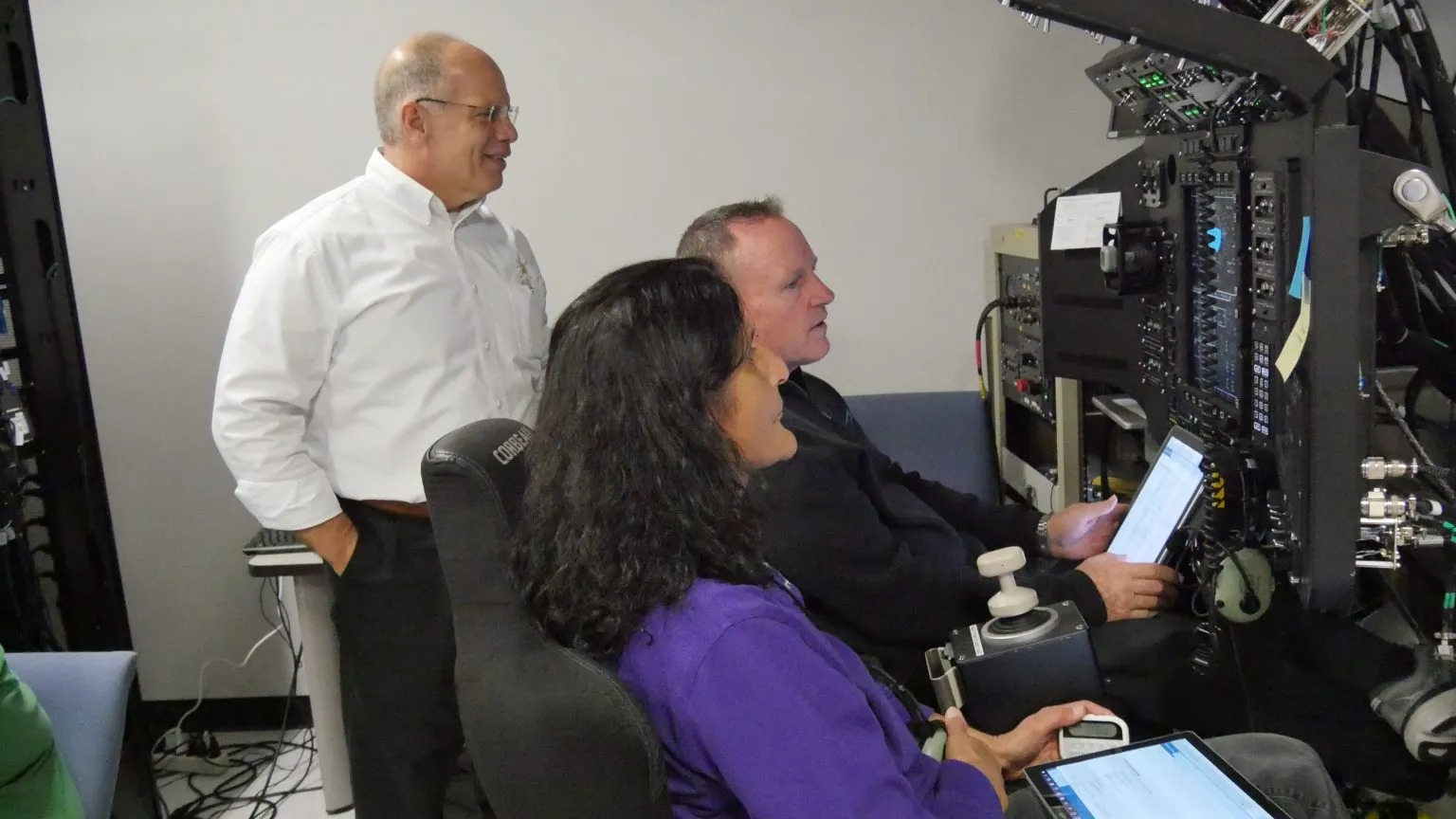
"We've done everything we can to make sure we're not missing things," Stich added. "I tend to ask a lot of questions. I'm kind of a more of a hands-on, I would say, program manager. Maybe a little bit of an engineer at heart. So I try to probe in areas to make sure that we haven't missed something.
"The last parachute test gave us a heck of a lot of confidence in that system," he continued. "We had more instrumentation, I would say, on that parachute test than we've had in the past, looking at the dynamics of how the parachutes actually come out of the parachute compartment — and computed the margins on those parachutes and have a lot of confidence in that system.
"What we do every day is to make sure you haven't missed something. Spaceflight is so complicated. I think we take it one step at a time, looking at all the data. We've closed out all the in-flight anomalies from OFT to our satisfaction. And now we're going to go through that [CFT] flight readiness process."
Related: 1st Boeing Starliner astronauts are ready to launch to the ISS for NASA (exclusive)
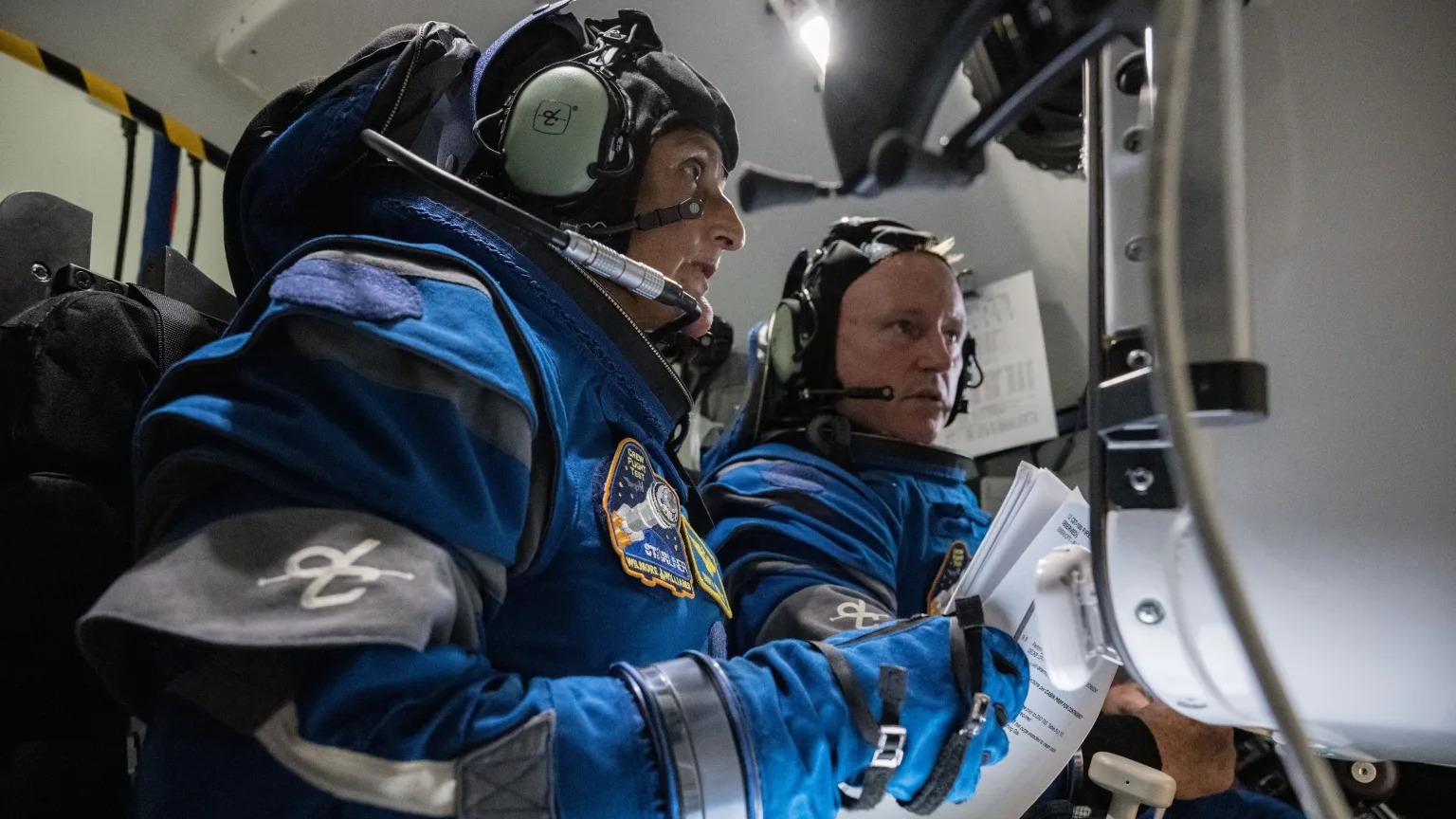
While all Starliner systems are under scrutiny, one to especially highlight for CFT is the life support system that provides oxygen to the astronauts and removes carbon dioxide, among other tasks. That system hasn't been tested with people on board, but the briefing participants emphasized there has been robust ground testing to get ready for the spaceflight.
Stich said a recent integrated test with the astronauts at Boeing's Commercial Crew and Cargo Processing Facility, located at KSC, allowed Williams and Wilmore to "put it [the life support system] through its paces a little bit." He said the test "gave us a lot of good data, and confidence that ecosystem will perform as we need to with Suni and Butch on board."
Nappi pointed to icing in the thermal control system during the uncrewed OFT, which "probably stemmed more from not having crew on board." Boeing, however, "made some changes during this last flow to make sure that doesn't happen again."
Adding crew to the vehicle will generate more heat during spaceflight than flying Starliner without humans on board, he said. Boeing will be evaluating Starliner to see how the vehicle's cooling system responds to that, whether humidity will stay constant, and other possible impacts.
In 2014, both Boeing and SpaceX won NASA contracts to fly astronauts to and from the ISS, to fill the shoes of the agency's space shuttle, which retired in 2011. Boeing's contract is valued at $4.2 billion, while SpaceX's is worth $2.6 billion.
SpaceX has sent 11 operational crewed missions to the ISS with its Crew Dragon so far: eight for NASA's commercial crew program, and three shorter-term missions on behalf of Houston-based company Axiom Space.
A handful of NASA astronauts also fly aboard Russia's Soyuz spacecraft for technical and policy reasons, following long-established interagency practice. All NASA astronauts also flew to the ISS on Soyuz after the shuttle's retirement in 2011 and SpaceX's first crewed mission, the Demo-2 test flight, in 2020.
Join our Space Forums to keep talking space on the latest missions, night sky and more! And if you have a news tip, correction or comment, let us know at: community@space.com.

Elizabeth Howell (she/her), Ph.D., was a staff writer in the spaceflight channel between 2022 and 2024 specializing in Canadian space news. She was contributing writer for Space.com for 10 years from 2012 to 2024. Elizabeth's reporting includes multiple exclusives with the White House, leading world coverage about a lost-and-found space tomato on the International Space Station, witnessing five human spaceflight launches on two continents, flying parabolic, working inside a spacesuit, and participating in a simulated Mars mission. Her latest book, "Why Am I Taller?" (ECW Press, 2022) is co-written with astronaut Dave Williams.
